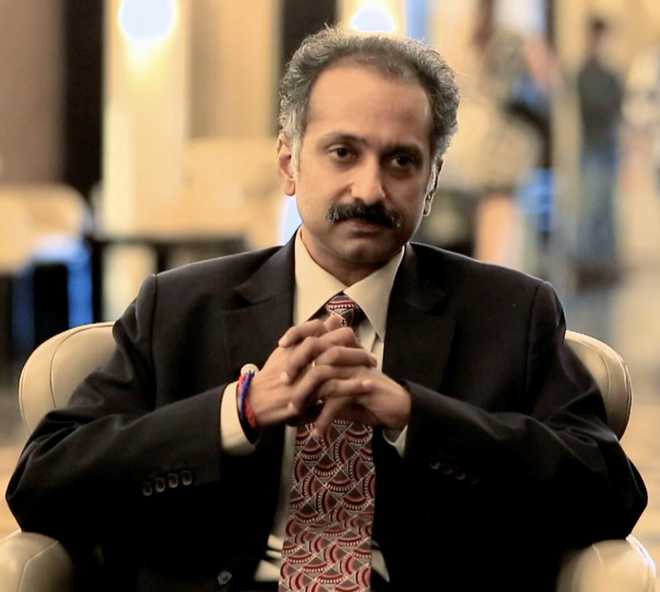
Leadership in Energy and Environmental Design (LEED) is the most widely used green building rating system in the world. It provides a framework to create healthy, highly efficient and cost-saving green buildings. With more than 98,500 registered and certified projects participating in the rating system, totaling more than 21.47 billion square feet, across 176 countries and territories, LEED certifications are much sought after for promoting sustainable eco systems. The number of green buildings in India has seen immense growth over the past few years and it currently is ranked at third postion in terms of cumulative LEED-certified gross square meters.
Along with providing green ratings, LEED’s education vertical is taking a big leap in providing the required manpower in this field. LEED lab is an interactive multidisciplinary immersion course that utilises the built environment to educate and prepare students to become green building leaders and sustainability-focused citizens. “The first LEED Lab in India by GBCI was launched in July 2016 at The Knowledge Institute of Technology (KIOT), in Salem, Tamil Nadu.Currently, there are nearly 8,250 higher education projects participating in LEED”, said P Gopalakrishnan, Managing Director, Asia Pacific and Middle East Markets, GBCI, who is in charge of the education intiative of the global agency. During an interaction in Chandigarh last week he shares details about the courses and their utility for students and working professionals. Excerpts:
Is there demand for professionals in this field?
The green jobs in India are growing at a rate of 15 to 20 per cent every year and the demand is there surely. Currently there are approximately 1,150 trained professionals for LEED certifications, while the demand is for 2,000 so there is a substantial gap.
Where can the students get an access to LEED certification courses?
We reach out to students and these courses are created in their colleges. Today we have 30 large campuses have this curruculum and eight have a LEED Labs. In north India these are available at seven capmpuses and these are generally in architecture and civil engineering colleges.
How are these courses being integrated in the regular degree courses?
Students are getting credits for the LEED certification course. Basically it is offered as an elective to students pursuing architecture or civil engineering courses. This basically ensures that only those interested in this field opt for these courses. For the fourth year students of BArch course, it is an elective. There are two exams. The intoductory exam is called LEED green associate. After the students go through the curriculum we conduct a five-day exam and then a mock test after which they can take the exam and get the certification.
In the fifth year we put them on to another programme which is called the LEED accredited professionls exam where there is a seven-day workshop and prep for four weeks after which they can take the test.
For engineering students the exams are the same but have to be taken in third and fourth year of the degree.
What are the key highlights of these courses?
During the course, students assess the performance of existing facilities on their campus and choose one building where they facilitate the entire LEED for Building Operations and Maintenance (LEED O+M) process with the goal of certifying the facility. Where LEED Lab breaks new ground is how it brings hands-on LEED project experience into the instruction — students work together as a project team.
What is the cost of these programmes?
For the introductory course the fee is Rs 7,000 and for AP Rs 15,000. in most cases the colleges are bearing a certain percentage of the fee.
How will these help in improving job prospects of students?
Potential employers are happy to take them as they become ready from day one.
Even from a higher education perspective a lot of universities in India they actually give importance to LEED credential. We work with a lot of corporates across India, architectural firms, builders corporates etc and as all these are into green accreditation and they ask students whether they have this certifications and give preference to them in placements. Even if a student is looking for a job overseas this certification is valuable. Several students have got lucrative offers from the Middle East.
What are your future plans in this regard?
Our focus is going to be on education as we feel the number of qualified professionals in this field is very less. This can be gauged from the fact that though China and India have the same number of green buildings, China has double the number of green professionl as compared to India.
source- THE TRIBUNE


